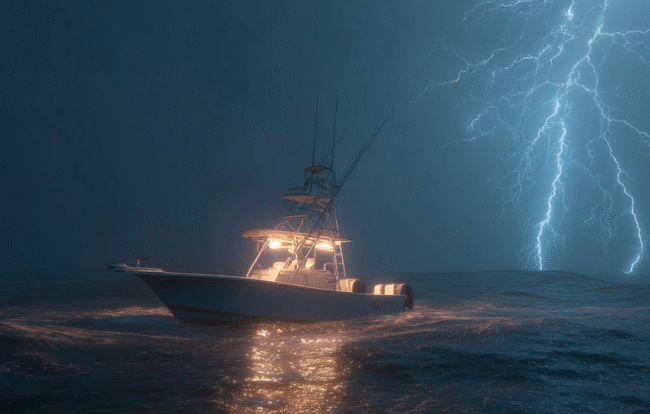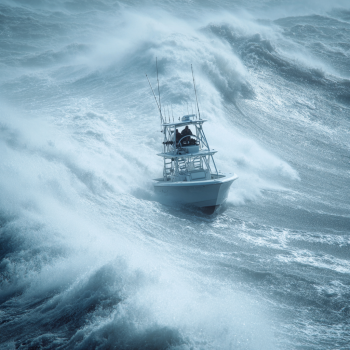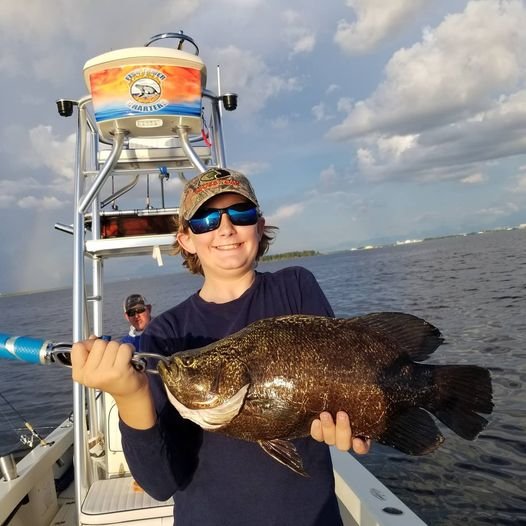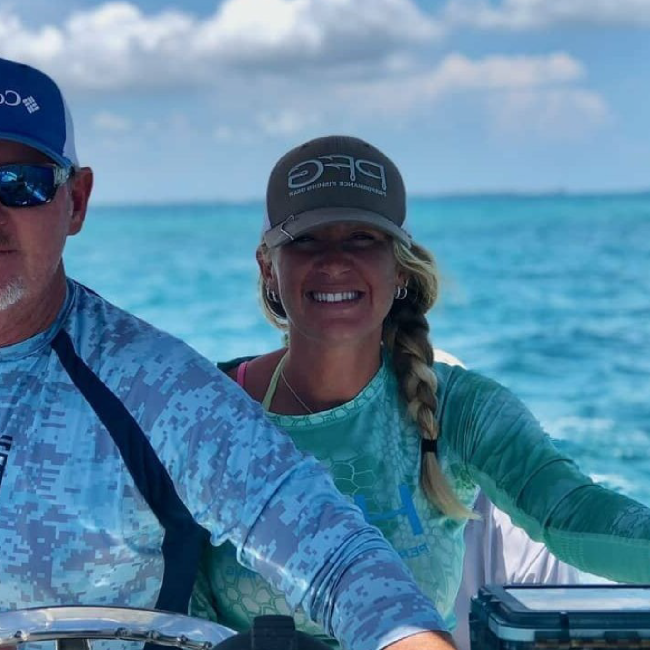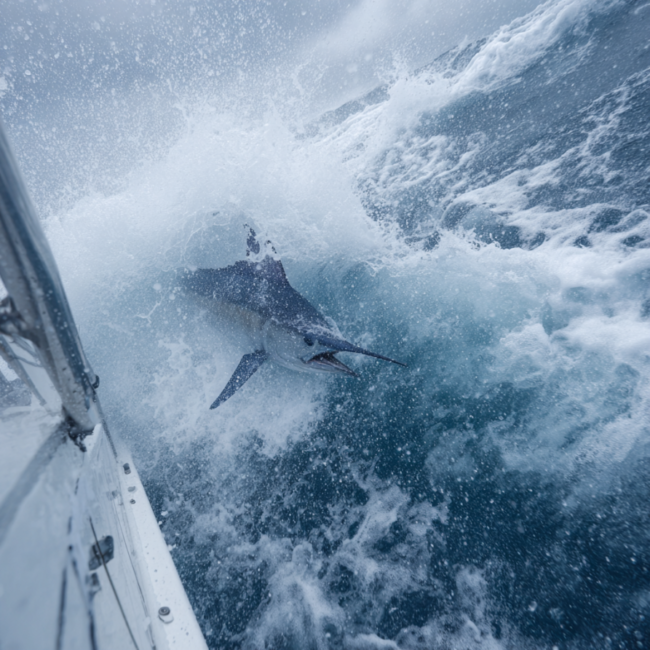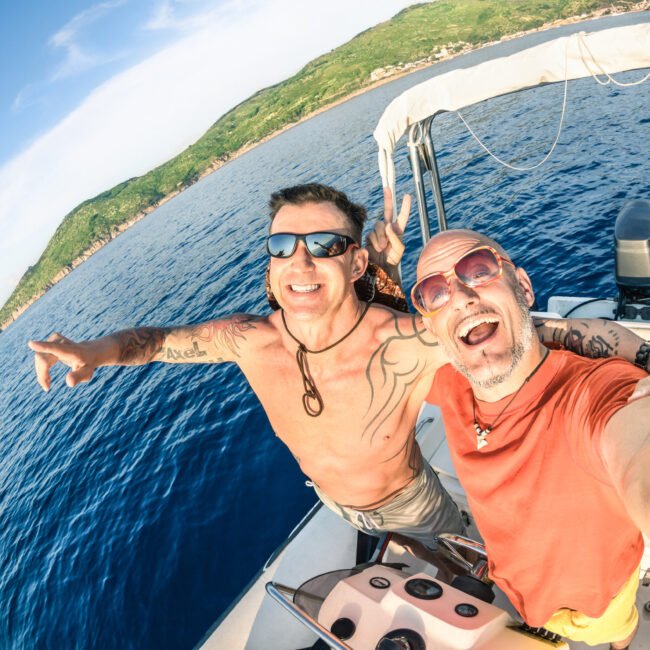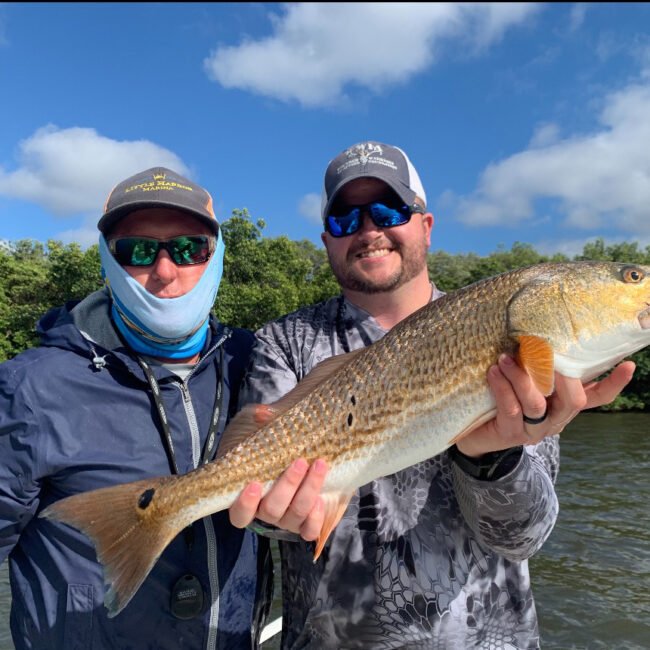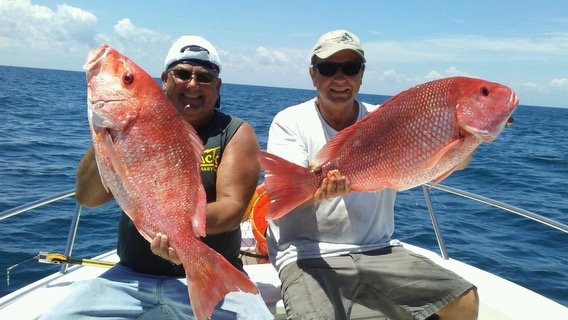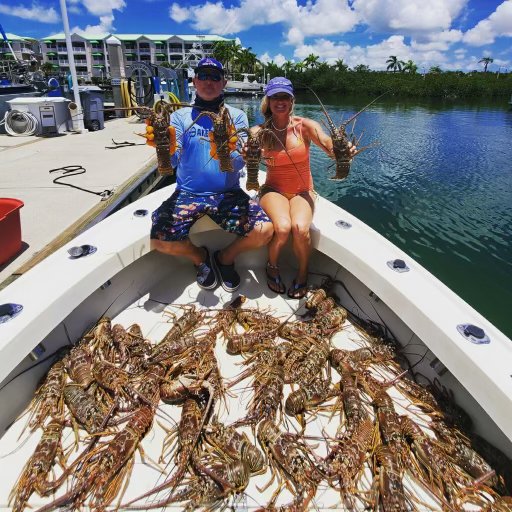
Florida’s inshore waters are a paradise for anglers, offering year-round opportunities to catch snook, redfish, tarpon, and more. But timing your fishing charter can make all the difference. With seasonal shifts in fish behavior, weather patterns, and regulations, knowing the best months to fish is key to a successful trip. This month-by-month guide details the prime seasons for inshore fishing in Florida, focusing on Tampa Bay and comparing regions like the Florida Keys and Mosquito Lagoon. Whether you’re a first-timer or a seasoned angler, use this guide to plan your next adventure.
Why Florida’s Inshore Fishing Excels Year-Round
With 1,350 miles of coastline and massive estuaries like Tampa Bay’s 400-square-mile ecosystem, Florida is a hotspot for inshore fishing. Sheltered flats, mangroves, and bays host species like snook, redfish, spotted seatrout, and tarpon. Inshore charters are ideal for families and beginners due to calm waters and shorter trips, but success depends on understanding seasonal patterns influenced by water temperature, spawning, and weather. This guide ensures you target the right fish at the right time.
Month-by-Month Inshore Fishing Guide
Below is a detailed look at each month’s fishing opportunities, with a focus on Tampa Bay and notes on other regions. Harvest dates follow FWC Gulf Coast regulations as of May 2025.
January: Spotted Seatrout Take Center Stage
Weather: Cool (50–70°F), occasional cold fronts.
Target Species: Spotted seatrout, sheepshead, black drum.
Hotspots: Tampa Bay, Clearwater, Charlotte Harbor.
Cool winter waters drive seatrout to deeper channels and grass flats. Live shrimp or soft plastics under a popping cork work well. Sheepshead congregate around docks, biting fiddler crabs. Tampa Bay’s flats are prime, while Charlotte Harbor mirrors the action. Tip: Morning charters avoid windy afternoons, as noted by Clearwater Inshore Fishing.
February: Redfish Start Schooling
Weather: Mild (55–75°F), minimal rain.
Target Species: Redfish, seatrout, sheepshead.
Hotspots: Tampa Bay, Mosquito Lagoon, Fort Myers.
Warming waters bring redfish to shallow flats and oyster bars. Use cut bait or gold spoons for success. Mosquito Lagoon’s clear waters are ideal for sight-fishing reds. Seatrout thrive in Tampa Bay’s deeper cuts. Tip: Verify redfish limits (1 per person, 18–27 inches) with FWC.
March: Spring Awakens Snook
Weather: Warming (60–80°F), breezy.
Target Species: Snook (catch-and-release), redfish, seatrout.
Hotspots: Tampa Bay, Sarasota, Florida Keys.
Snook migrate to passes and beaches for spawning, but Gulf harvest is closed until September. Target them with live pilchards for thrilling catch-and-release. Tampa Bay’s flats yield redfish and seatrout, while the Keys see early tarpon. Tip: Use circle hooks to protect snook.
April: Tarpon Season Ignites
Weather: Warm (65–85°F), moderate rain.
Target Species: Tarpon, snook (catch-and-release), redfish.
Hotspots: Tampa Bay, Boca Grande, Florida Keys.
Tarpon migrate along beaches, especially in Boca Grande, the “Tarpon Capital.” Sight-cast with live crabs or threadfins. Snook and redfish remain active in Tampa Bay’s mangroves. Tip: Book tarpon charters early for spring demand.
May: Diverse Catches Abound
Weather: Hot (70–90°F), rising humidity.
Target Species: Tarpon, snook (catch-and-release), seatrout.
Hotspots: Tampa Bay, Homosassa, Florida Keys.
Tarpon fishing peaks near Tampa Bay’s Egmont Key and in the Keys. Seatrout swarm grass flats, hitting topwater lures at dawn. Snook are aggressive but closed. Tip: Early trips dodge heat and boost bites.
June: Summer Tarpon and More
Weather: Hot (75–90°F), frequent showers.
Target Species: Tarpon, redfish, seatrout.
Hotspots: Tampa Bay, Boca Grande, Islamorada.
Tarpon shine during early or evening tides. Redfish hit oyster bars, and seatrout take shrimp imitations. Snook harvest is closed (June 1–August 31). Tip: Plan for afternoon storms with shorter charters.
July: Night Fishing Thrills
Weather: Very hot (80–95°F), rainy afternoons.
Target Species: Tarpon, redfish, snook (catch-and-release).
Hotspots: Tampa BAY, Fort Myers, Florida Keys.
Night fishing for tarpon and snook under dock lights is a Tampa Bay highlight. Redfish patrol shallow flats. Tip: Try glow-in-the-dark lures for snook, per Clearwater Inshore Fishing.
August: Late Summer Action
Weather: Hot (80–95°F), high humidity.
Target Species: Redfish, seatrout, tarpon.
Hotspots: Tampa Bay, St. Petersburg, Mosquito Lagoon.
Redfish school heavily, perfect for sight-fishing. Seatrout are reliable on grass flats. Tarpon slow but persist in the Keys. Tip: Fish early and check snook closure updates.
September: Snook Season Opens
Weather: Warm (75–90°F), less rain.
Target Species: Snook, redfish, seatrout.
Hotspots: Tampa Bay, Sebastian Inlet, Florida Keys.
Snook harvest opens (1 per person, 28–33 inches), packing Tampa Bay’s passes. Redfish and seatrout bites are strong. Tip: Reserve charters early for opening week.
October: Fall Fishing at Its Finest
Weather: Cooler (65–85°F), dry.
Target Species: Snook, redfish, seatrout.
Hotspots: Tampa Bay, Crystal River, Mosquito Lagoon.
Cooling waters spark feeding frenzies. Snook and redfish school in Tampa Bay’s flats, and seatrout love topwater plugs. Tip: Target incoming tides for optimal action.
November: Cool Weather, Hot Catches
Weather: Mild (60–80°F), low humidity.
Target Species: Snook, redfish, seatrout, pompano.
Hotspots: Tampa Bay, Clearwater, Fort Myers.
Snook stay open, and pompano hit jigs along beaches. Redfish and seatrout abound. Tip: Layer for cooler mornings.
December: Winter Wrap-Up
Weather: Cool (50–75°F), occasional fronts.
Target Species: Seatrout, redfish, sheepshead.
Hotspots: Tampa Bay, Homosassa, Charlotte Harbor.
Seatrout dominate flats, and redfish hug mangroves. Sheepshead return to structures. Tip: Fish deeper channels during cold snaps.
Comparing Regions: Tampa Bay, Florida Keys, Mosquito Lagoon
Tampa Bay: Diverse flats and mangroves make it a year-round gem for snook, redfish, and seatrout, peaking in fall and spring.
Florida Keys: Warmer waters draw early tarpon (March–April) and permit. Winter seatrout fishing is solid.
Mosquito Lagoon: Clear waters excel for sight-fishing redfish and seatrout, especially February and October.
Choose your destination based on target species and seasonal conditions.
Planning Your Inshore Fishing Charter
- Book Early: April, September, and October are high-demand months for tarpon and snook.
- Check Regulations: FWC updates rules yearly. Snook is closed June 1–August 31; redfish limits vary.
- Pack Smart: Bring sunscreen, polarized sunglasses, and a hat. Charters supply gear, but confirm.
- Trip Length: Half-day (4 hours) suits families; full-day (8 hours) maximizes catches.
- Timing: Early morning or evening charters avoid heat and align with fish activity.
Get Your 2025 Fishing Calendar
Download our free 2025 Florida Inshore Fishing Calendar (PDF link to be added) for a quick reference on peak species, harvest seasons, and tides. Always check myfwc.com for the latest regulations.
Book Your Tampa Bay Fishing Charter Today
Florida’s inshore fishing delivers excitement every month, and this guide helps you pick the perfect time for your charter. From tarpon in Tampa Bay to snook in the Keys, our experienced captains ensure a memorable trip. Ready to cast your line?
The Lightning Run: Real Fishing Stories from Captain Phil
It was Mike Halberstrand. “Need help. We’ve been drifting… engine down. 6 hours…” Mike started to break up but not before uttering coordinates: “…won’t hold f
Through the Storm: Real Fishing Stories from Captain Phil
“We gotta turn into it!” Jake yelled. “Let the bow take it. She’s the highest point!” “No!” Phil growled, eyes fixed on the crashing chaos ahead. “That points us the wrong way –
Victory At The Veteran’s Slam: Real Fishing Stories From Captain Phil
Captain Phil steered the Reel Escape through Tampa Bay’s calm waters. The sun blazed, and Jake’s snook fought hard. Preparation, not pity, guided them. Phil smiled—victory lay in their quiet res
The Line in the Water: Real Fishing Stories From Captain Phil
As I eased the Reel Escape near the mangroves, my gaze lingered on Jake’s arm, amputate just above his elbow. I refused to pity him—pity burdens, not lifts. Yet, a duty stirred within me to show t
The Marlin’s Curse of Thunder Key: Real Fishing Stories From Captain Phil
Phil’s gut tightened; this beast could sink them. Grabbing a gaff, he barked, “Get the heavy tackle—we hook it, or it sinks us!” The storm roared as lightning split the sky, the marlin’s sha
Deals Are Made on the Water: Why Trust and Rapport Matter in Business and Politics
Beyond risk analyses and pro formas, deals come down to relationships. When leaders like and trust each other, deals close. When they don't, even the best deals fall apart. Fishing charters are the ul
Ultimate Guide to Key West Fishing Charters: Tips for a Thrilling Adventure on the Water
If you’ve ever dreamed of casting your line in the dazzling waters of Key West, you’re in for a treat! This idyllic paradise is not only famous for its stunning sunsets and vibrant nightlife, but
Experience the Ultimate Key West Fishing Adventure with Captain Phil Pegley
Embark on an unforgettable journey through the pristine waters of Key West, guided by the seasoned expertise of Captain Phil Pegley. Whether you’re an avid angler, a family seeking quality time,
Unforgettable Lobster Charter Trips: Your Ultimate Guide to Boating Adventures
If you’re ready to cast your line in search of adventure, look no further than Tampa’s vibrant fishing scene. This sun-soaked paradise isn’t just a haven for beach lovers; it’s

